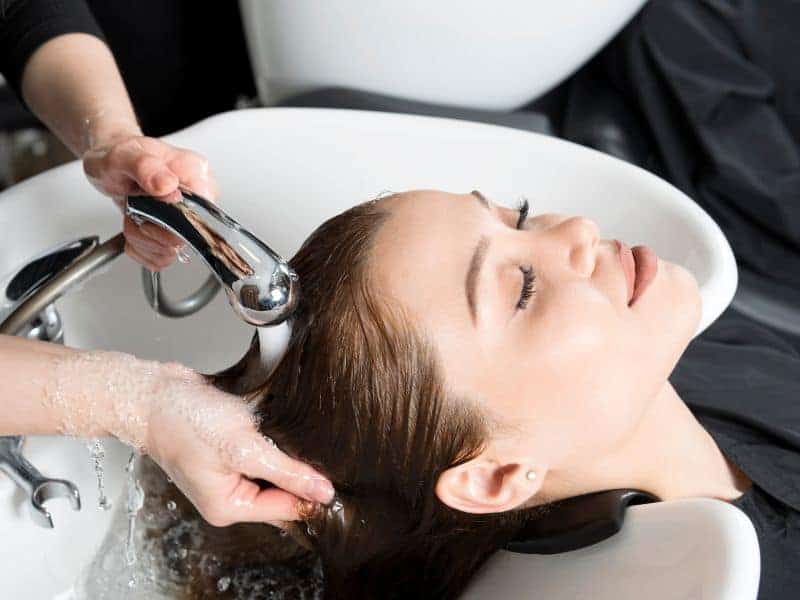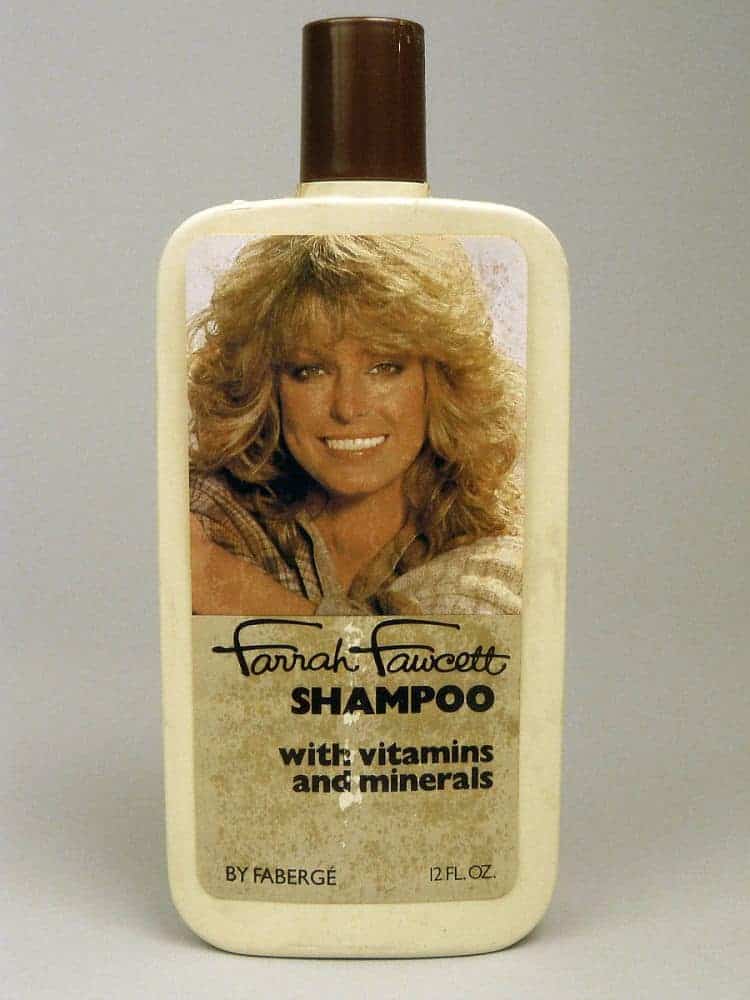Hair shampoo is a hair care product used to wash your hair and scalp. The primary purpose of commercial hair shampoo is to remove excess oil, residues of previously applied styling products, skin particles, and other pollutants in order to make hair clean and manageable. There are also specific types of hair shampoos formulated to treat certain hair and scalp problems such as dandruff, seborrhea, itchiness, and other scalp disorders.
Common Ingredients in Hair Shampoo
It is important to know the ingredients in your favorite hair shampoo. These ingredients should be compatible with your hair type.
The Food and Drug Administration (FDA) requires that manufacturers accurately describe all ingredients on the bottle. Manufacturers usually use chemical names to list the ingredients on the label. The first listed ingredients are cleansing agents that are responsible for the shampoo’s ability to clean the hair and scalp. However, hair shampoos have many more components which can be seen on the label.
The main ingredients of an ordinary hair shampoo are:
- Cleaning agents
- Modifying agents
- PH adjusters
- Conditioners
- Humectants
- Detanglers
- Alcohol
- Fragrances
- Preservatives
- Water
Cleaning Agents or Surfactants
Cleaning agents help remove the dirt and sebum from the hair. Detergents help the surface area to become fully wet, lift the oil and the dirt from the hair to disperse them in the water, and wash them away. Common detergents that can be found in hair shampoos are ammonium laureth sulfate, ammonium lauryl sulfate, sodium lauryl sulfate, and Myreth sulfate.
Sodium laureth sulfate (SLES) provides a good cleaning of the scalp and hair but can strip natural moisture and oils and cause eye and skin irritation. Sodium lauryl sulfate (SLS) and ammonium lauryl sulfate (ALS) are commonly used gentle alternatives to sodium laureth sulfate in hair products. Sodium lauryl glucose and lauryl glucose are the safest options.
Modifying Agents
Thickening ingredients are incorporated into shampoo formula to improve product consistency and ensure easier application and spreading. Sodium chloride, Cocamidopropyl betaine, cetyl alcohol, cocamide DEA, stearyl alcohol, and natural gums are included in the shampoo formula to give the product a creamy consistency.
Cocamide MEA, Lauramide MEA, polysorbate 20, and lauric DEA are foaming agents used in shampoo formulations to create lather which makes spreading of the product throughout the hair easier and help the detergents to work better.
Glycol Distearate, glyceryl oleate, polysorbate-20, PEG-18, and PEG-40 are added to the shampoo formula to make the product more aesthetically appealing.
PH Adjusters
PH-regulators adjust the shampoo pH-values to an optimal level that is compatible with the natural hair and scalp pH (5.5–6.0). Citric acid and sodium citrate are buffering agents added to make shampoo more acidic. The slightly acidic nature of the shampoo helps to close the cuticle, making the hair look smoother and shinier.
Alcohols
Cetyl alcohol, Cetearyl alcohol, and stearyl alcohol have hydrating properties and help comb hair effortlessly. Other alcohols can dehydrate your hair, especially when listed high in the ingredients list.
Humectants
Glycerin, propylene glycol, hexylene glycol, sorbitol, and sodium PCA help attract and retain moisture, eliminate static, and reduce hair breakage.
Conditioning Agents
Allantoin, Dimethicone, Amodimethicone, amino acids, and glycerin help make the hair stronger, softer, and less prone to frizz.
Detanglers
Silicones (Dimethicone/Cyclomethicone) create a smooth hair surface and decrease friction, making hair easier to comb and style.
Fragrances and Color Additives
Synthetic fragrances and essential oils, and color additives are used to give the product a more appealing appearance in order to attract consumers.
Sunscreens
Octyl salicylate and para-aminobenzoic acid (PABA) are sunblocks used to protect your scalp and hair from harmful UV rays.
Preservatives
Methylparaben, propylparaben, cetrimonium chloride, behentrimonium chloride, disodium EDTA, and formaldehyde are preservatives used to keep shampoos free from microbial contamination in order to extend the shelf life.
Water
Deionized water makes up to 80 percent of the entire shampoo formula. It keeps the ingredients flowing, makes the shampoo easier to spread, and keeps it inexpensive.

Types of hair shampoo
Hair shampoos can be classified according to the hair type they are aiming for, types of cleaning agents and other ingredients, and the type of product packaging.
According to hair type, there are three main categories of hair shampoos; Shampoo for dry, oily, and normal hair. There also specific shampoos formulated to meet the needs of customers with different hair textures and densities. Smoothing shampoos are meant to reduce frizz and make hair easier to straighten with a flat iron. Volumizing shampoos are supposed to add volume to fine hair and lift the roots of flat and limp hair.
Clarifying shampoos are formulated to remove product residue, while chelating shampoos go beyond that and can eliminate mineral deposits and chlorine residue from the hair.
Anti-breakage shampoos can straighten hair fibers and make them more elastic and less prone to breakage. Detangling shampoos provide good slip to make detangling and combing easier.
Shampoos for hair growth are formulated either to prevent hormones associated with hair loss to interfere with the hair growth cycle or to treat the scalp condition and invigorate the scalp to supply the follicles with more oxygen and nutrients.
Purple shampoos are developed to fight discoloration and preserve the brightness of blonde and gray hair. Blue shampoos help remove brassy tones from brunette hair while silver shampoos promote cool shades in blonde, silver, and gray hair.
Shampoo Packaging
Hair shampoos traditionally come packed in liquid form and are packed in plastic bottles. Dry shampoos come as a powder or in aerosol form.
In recent years hair shampoos in solid form are gaining in popularity as they are considered more environmentally friendly than liquid shampoos. Shampoo bars are highly concentrated products with almost no water in their formula, which eliminates the need for plastic bottles and synthetic preservatives. They are more sustainable products than bottled shampoos and they are much easier to transport.


How much of the Hydrolyzed Silk Protein do I mix with my shampoo and conditioner?